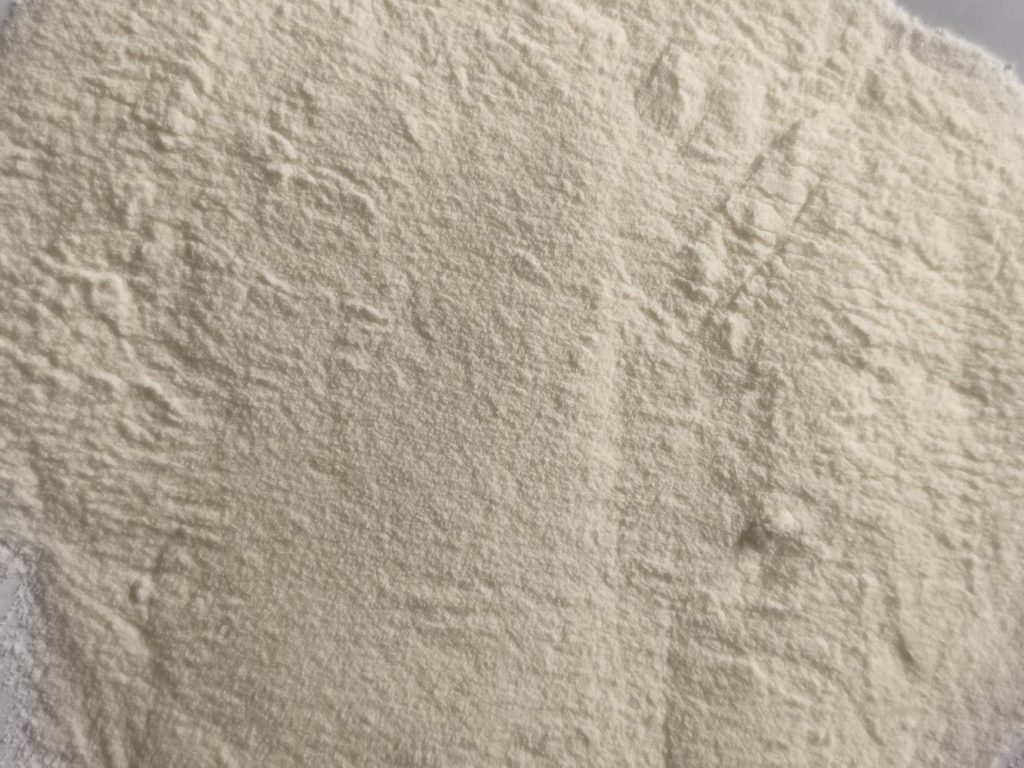
CHAMPAIGN, Ill. — Zeolites are an extremely important class of inorganic
Photo courtesy M.E. Kosal and K. Suslick
Space-filling model of the structure of a molecularly built molecular sieve.
materials that can separate gases or liquids on the basis of molecular size and shape. The backbone of a billion-dollar-a-year industry, these molecular sieves are used in numerous applications, from the production of biodegradable detergents, to the removal of moisture from natural gas pipelines, to the catalytic cracking of
heavy petroleum distillates into gasoline.
Now, chemist Kenneth S. Suslick and colleagues at the University of Illinois at Urbana-Champaign have created a new class of materials that are like zeolites in many ways. These new molecular solids are more than 50 percent empty space space that can trap molecules of the right size and shape, including water. The scientists report their discovery in a paper that has been accepted for publication in the journal Nature Materials, and posted on its Web site www.nature.com/materials.
“This organic zeolite analogue binds water faster and more strongly than the best drying agents and has a higher capacity for storing water,” said Suslick, a William H. and Janet Lycan Professor of Chemistry at Illinois. “The material also shows shape selectivity, permitting only a narrow range of molecules to enter.”
A naturally occurring mineral consisting of aluminum and silicon, zeolites were discovered in the Middle Ages. At the time, the properties of a material were tested by heating it with a blowpipe. When this material was heated, boiling water was released. The name zeolite is derived from Greek words meaning “boiling stone.”
Ability of Molecular Sieves
The ability to make other kinds of molecular sieves has been a major goal in materials chemistry. That goal has been frustrated, however, because most solids are not porous, to begin with, and the process of generating pores causes most materials to collapse.
To build robust nanoporous solids that are not based on silica and alumina, the researchers used much larger molecular building blocks called metalloporphyrins doughnut-shaped molecules that bind metal atoms in the middle hole. Metalloporphyrins are closely related to hemoglobin (the red pigment in blood) and chlorophyll (the green pigment in plants).
By heating a mixture of a special porphyrin acid and cobalt chloride to 200 degrees Celsius, Suslick and his colleagues created a compound called PIZA-1 (Porphyrinic Illinois Zeolite Analogue #1).
“PIZA-1 demonstrated remarkable properties as a synthetic molecular sieve for removing water from common organic solvents,” Suslick said. “In addition, because the metalloporphyrin has metal in the middle that can be catalytically active, the potential exists to make shape-selective catalysts for specific purposes. Not only can we selectively absorb molecules into the solid, but we can also make the trapped molecules undergo chemical reactions such as the catalytic oxidation of fuels.”
Used in Catalytic Reactions
Catalytic reactions that would convert the hydrocarbons in gasoline into the chemicals that react to make polymers such as nylon are not yet possible to achieve, Suslick said. “But the ability to use fossil fuels as chemical feedstocks, rather than just burning them, is a technology that will become very important this century.”
More Promotional Products
- Clay desiccant
- Gel desiccant
- Desiccant bag
known more about Chinese natural zeolite supplier.
